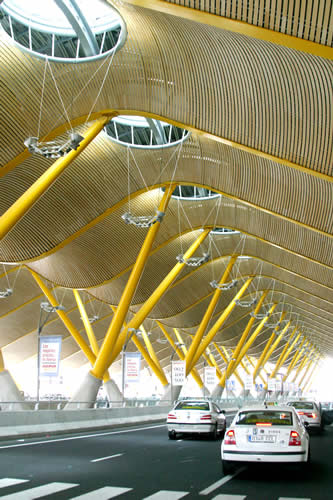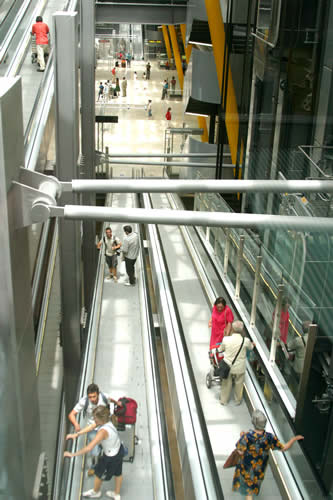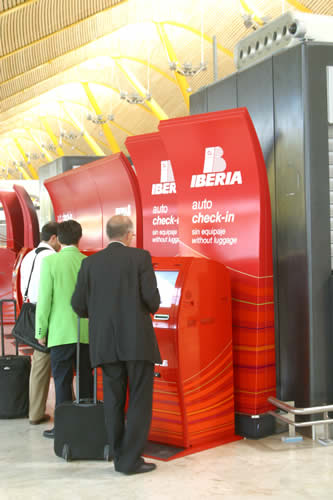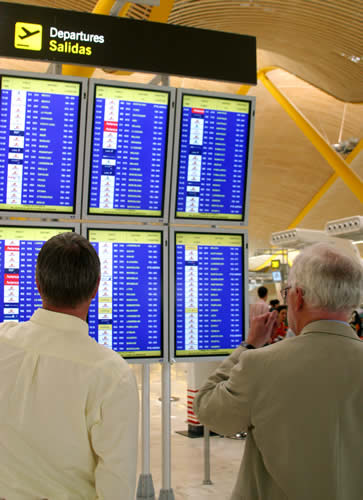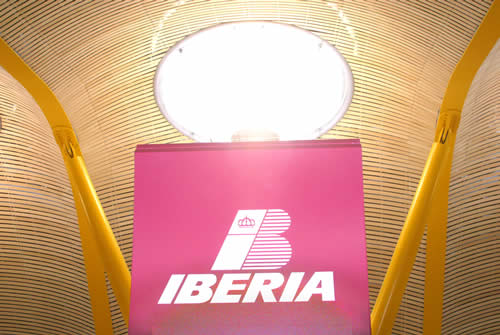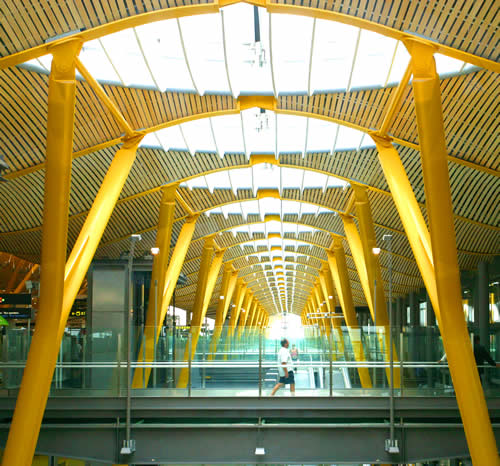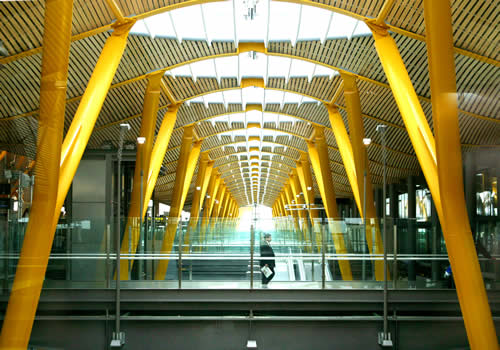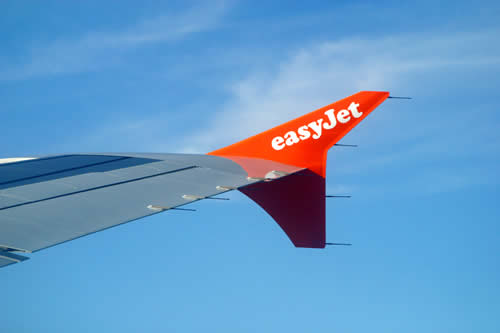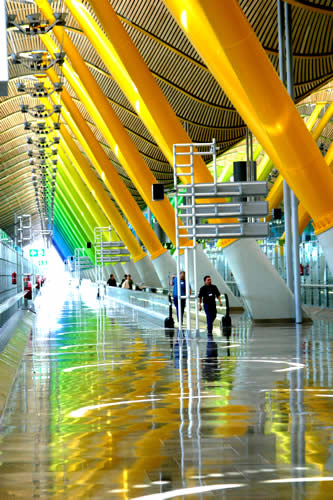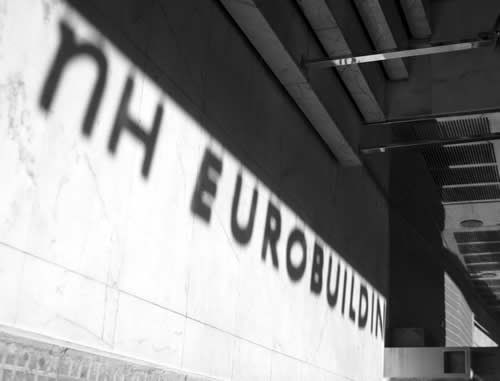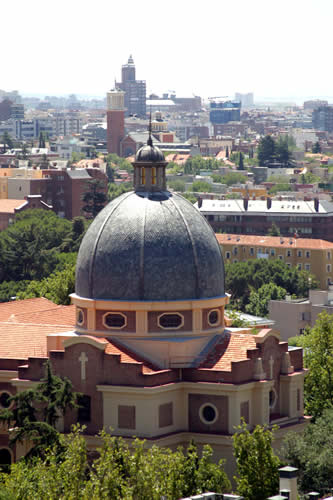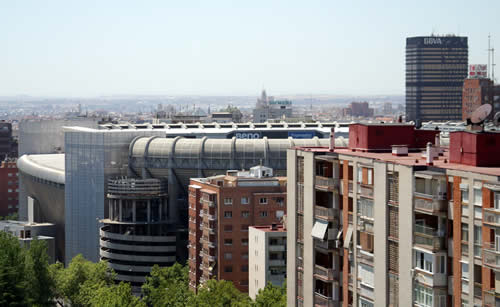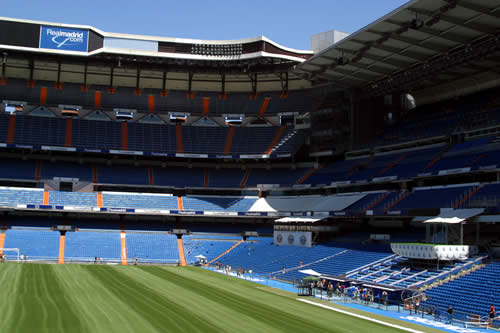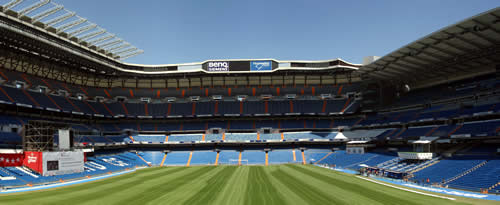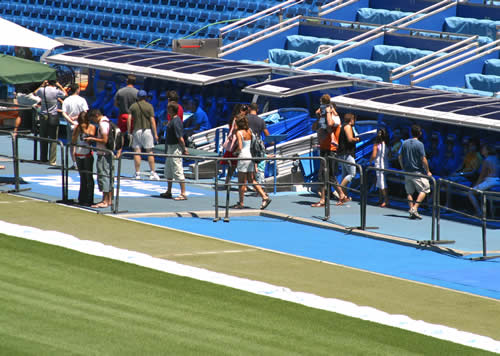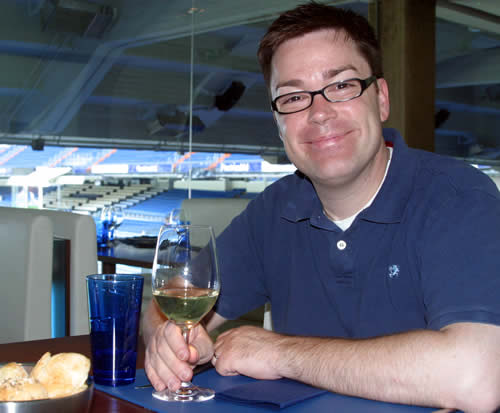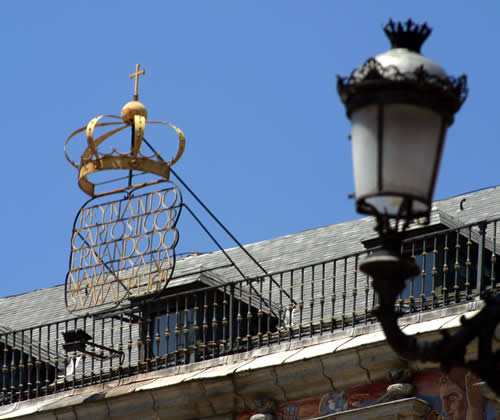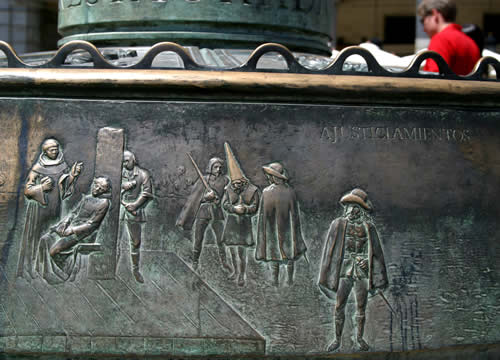


|
Features > Madrid, Spain (July 2006) > Madrid Bajaras Airport & Palace
The Spanish Inquisition was started by Ferdinand and Isabella to
maintain orthodox Catholicism. After the expulsion of the Moors, the country had a mix of Catholics, Jews, and Mulsims.
After theories of false converts (conversos), a Papal Bull established the Inquisition. The first Auto de F� was celebrated
in Seville on February 6, 1481: six people were burned alive. Eventually the monarchy adopted control over the Inquisition
at which point the Pope objected but eventually relented and allowed it to expand across Spain. From 1480 to 1530 an estimated
2,000 people were executed, the vast majority of them Jewish conversos. Overall it is estimated that 150,000 people were
processed and 3-5,000 were executed. Frequently, cases were judged in absentia, and when the
accused died before the trial finished, the condemned were burned in effigy.
In March 1492 it was decreed that all remaining Jews that had not converted must leave Spain and sell all land and forfeit all
gold and silver money in order to avoid being a temptation to the conversos to return to their old religion. Some fled to Portugal
where unfortunately there was an Inquisition founded in 1532.
In the 16th century the Spanish Inquisition turned to trials of Protestants although somehow mostly those of Jewish origin. These
trials resulted in no executions. Lutheran trials were from 1558 to 1562 and hundreds were executed.
Converts from Islam or moriscos were also put on trial but due to influence in the region were spared severe punishments in most cases. From
1609-1614 it was decreed that all moriscos should be expelled although some stayed behind and faced further trials.
Regarding homosexuality, between 1571 and 1579 more than 100 men accused of sodomy were processed and at least 36 were
executed; in total, between 1570 and 1630 there were 534 trials and 102 executed.
"One of the most striking aspects of the organization of the Inquisition was its form of financing: devoid its own budget, the
Inquisition depended exclusively on the confiscaciones of the goods of the denounced. It is not surprising, therefore, that
many of those prosecuted were rich men." - Wikipedia article above
When the Inquisition was established in a city, there was a period of grace of one month where one could confess any heresies, but
in addition those that confessed had to also accuse all one's accomplices and as this cycle wore on the period would expire and
the anonymous accusations would result most often in cost or pain.
There was also a component of censorship and banned Spanish books especially vernacular translations of the Bible. One of the most outstanding
cases � and best known � in which the Inquisition directly confronted literary activity is with Fray Luis de Leon, noted humanist
and religious writer of converso origin, who was imprisoned for four years, (from 1572 to 1576) for having translated the Song of
Songs directly from Hebrew.
|

 |
Copyright 2006 Jay Langhurst [email protected] This homepage and all the images are copyright Jay Langhurst and may only be used under the author's express permission. |

